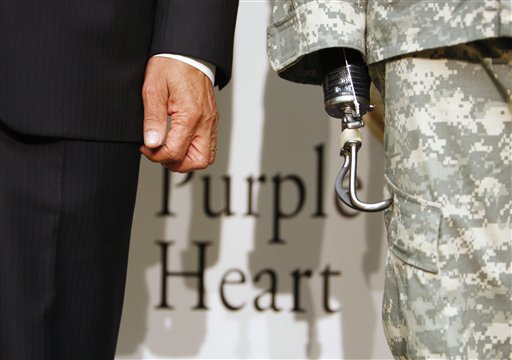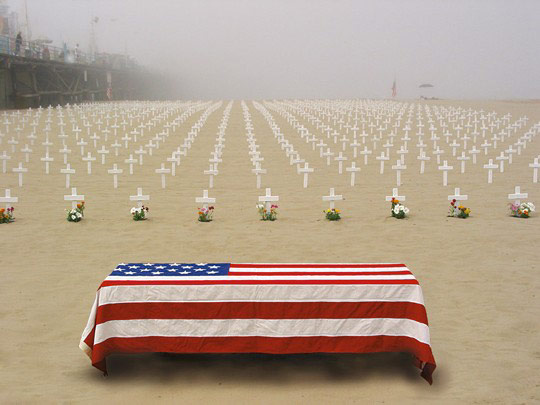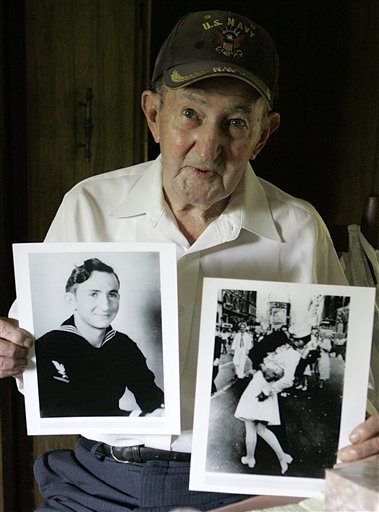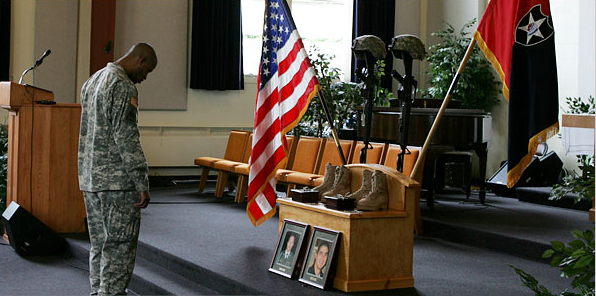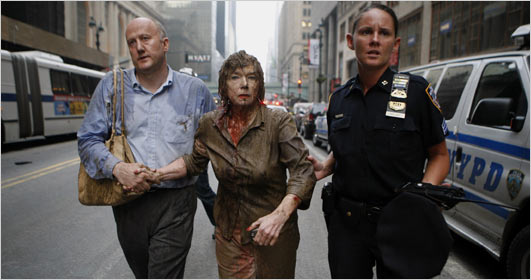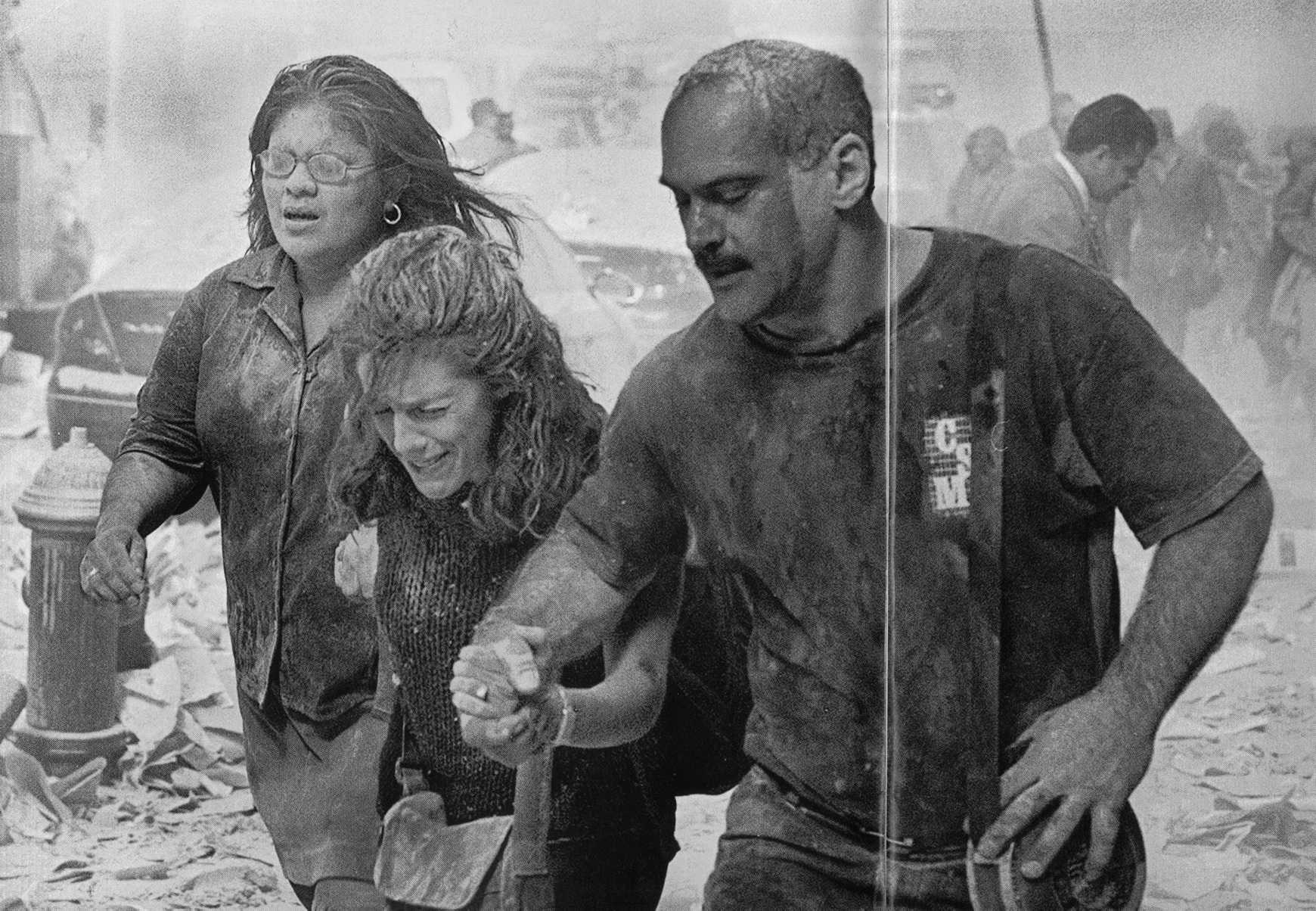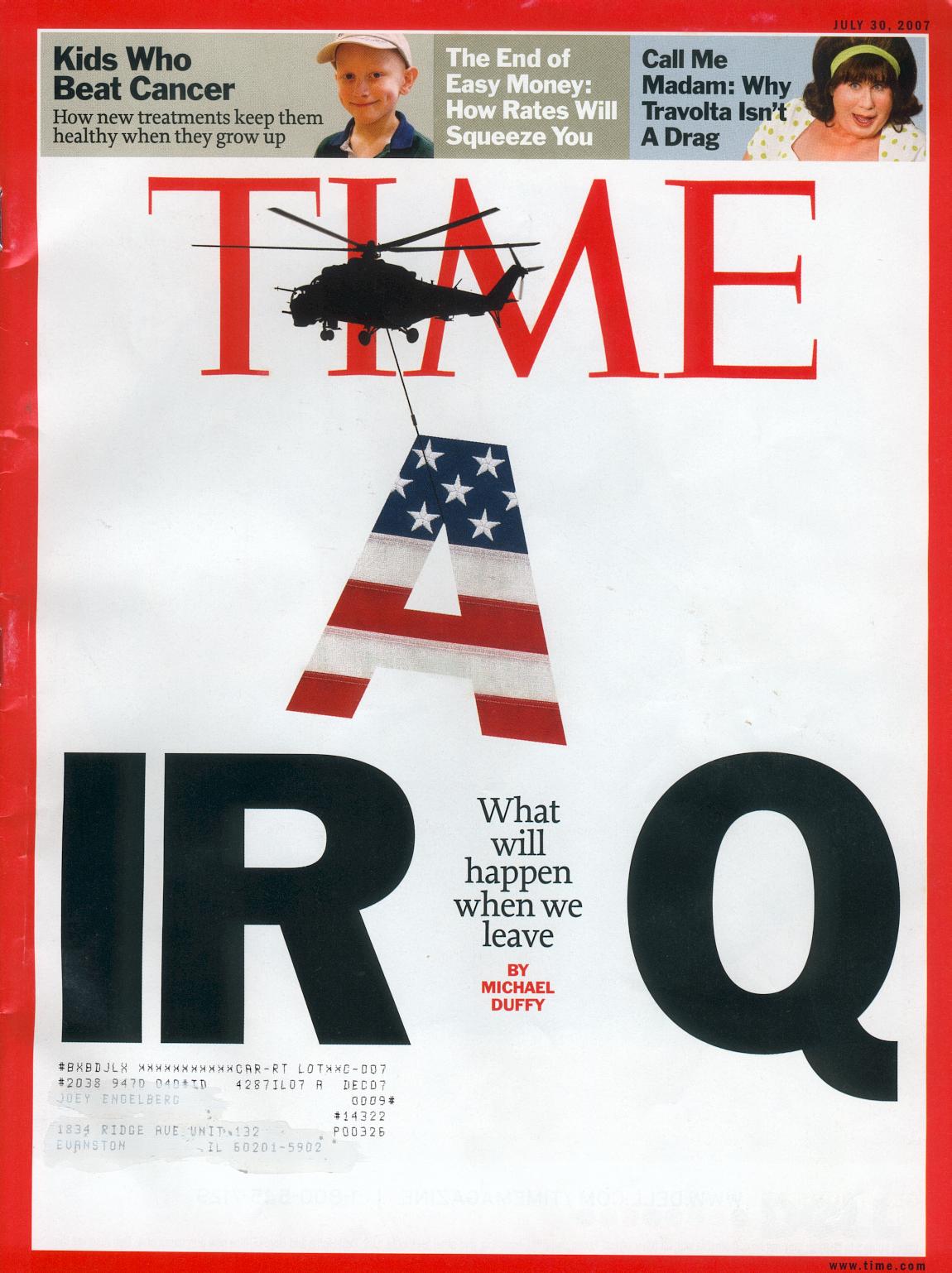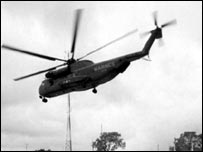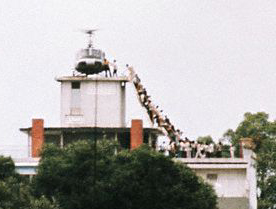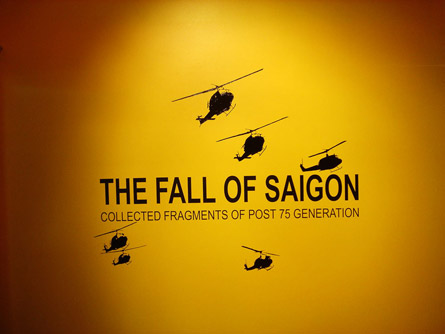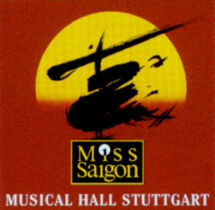Earlier this week former Secretary of Defense Colin Powell visited Walter Reed Hospital and presented Purple Hearts to two soldiers wounded in Iraq. The formal occasion for the ceremony was inauspicious: the third reissue of a U.S. postage stamp honoring the Purple Heart on the 75th Anniversary of its having been initiated by the War Department (even though the order establishing it was signed in February 1932, not August). In presenting the awards, Powell, himself a Purple Heart recipient, noted, “It’s the least the American people can do to recognize those of our soldiers, sailors, airmen, Marines and Coast Guardsmen who have been willing to step forward to serve the nation …” As I read these words I was reminded of an episode of the TV show M*A*S*H in which Hawkeye Pierce responded to a similar comment with the retort “… and never let it be said that we didn’t do the very least that we could do.”
Even a minor occasion for a photo-op requires photographs and this event was no exception (after all, August is a slow news month). The AP posted 8 photographs. Two featured Powell by himself, one featured Powell and the Postmaster General unveiling the new stamp, and there were five photographs that featured the Purple Heart and the presentation ceremony. Of these later five, all by the same photographer, three are particularly interesting.
The first photograph of the set, shown above, is the one that seems to be most frequently reproduced in newspapers and on websites. It is a thoroughly conventional representation of an awards ceremony. We’ve seen it before in pictures from the county fair, or the local Rotary Club, and so on. Here the former Secretary is pinning the medal on Army PFC Marcus LaBadie while his mother proudly (if somewhat uncomfortably ) looks on. The image is shot from a slight, low angle, and from off to the side. The effect is to distance the viewer from the scene as spectator, and thus to allay emotional identification; the more important point is that there is no evidence of injury. There has to have been one, of course, otherwise there would be no award, but the clear message here is that once hurt, LaBadie is now whole again.
Contrast this with an image that, as far as I can tell, has not been reproduced anywhere but at the AP website. This photograph seems to be a somewhat sardonic comment on Powell’s claim that the American people are in fact doing the least that they can do:
Here we have Pvt. LaBadie’s wheel chair with a framed reproduction of the postage stamp commemorating the Purple Heart resting where he should be. Following the conventions of realist photography, it is shot straight on and in fairly close range, encouraging the viewer’s direct involvement, and thus increasing the likelihood of emotional identification with the scene. The wheel chair is a harsh reminder that LaBadie is not as well as he looks in the previous photo as, apparently, he still needs help getting around; but of course all of that has to be inferred as the hurt body itself has vanished. The framed commemorative stamp physically takes his place – and our attention – and is thus a reminder that the occasion has more to do with a political spectacle than the honoring of a particular soldier’s sacrifice. Or perhaps it is a signal that contrived photo ops such as this actually damage the award itself, putting it in need of rehabilitation and care. In any case, the placement of the picture frame is a clear indication that the presentation of such awards, however honorable and deserved, is a poor substitute for giving soldiers what they need in order to heal and become whole. It is an image of “the least the American people can do” with the clear implication that much more is needed.
In the third photograph the body returns.
On the left is Powell’s healthy hand, the prosthesis on the right belongs to Army Sgt. Robert Evans. Again, it is not a photograph that has been reproduced all that much, though it did appear in the Bloomington Herald-Times (8/8/07, C8) in conjunction with a story on the number of U.S. troops killed in Iraq in the first week of August. Like the photograph of the wheelchair, it is shot straight on, though here the cropping is tight and in a manner that forces the viewer’s attention to focus on what she or he might prefer otherwise to ignore. If you “really” pay attention, the image suggests, here is what you get: Aging men (notice the wrinkles on the hand) in suits dictating what men in uniform do. And the result is palpable. The Purple Heart can help in the process of healing, perhaps, but it must sit in the shadows and in the background; it should never – because it can never – replace what was lost.
This last image is, in some measure, a poignant synthesis of the first two pictures. It moves beyond the somewhat antiseptic vision of the first, but it lacks (or rather softens) the biting cynicism of the second. It is a powerful and searing emblem of the real costs of war and who pays the price; but it is also a reminder that even as we need to do more than the “least [we] can do,” sometimes doing even as much as we can may never be enough.
Photo Credit: Charles Dharapak/AP


